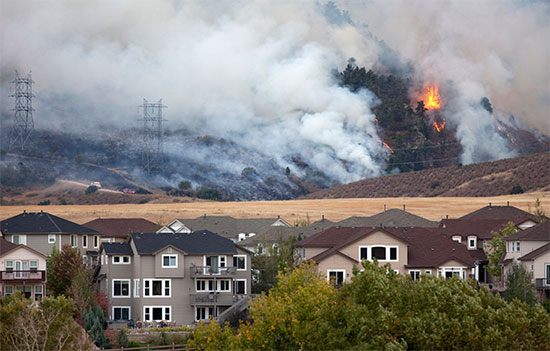Olde Hornet
Well-Known Member
In case of hurricanes, those of us further inland can be hit with tornados, high winds and heavy rains!
Make sure your insurance value covers a rebuild if necessary and if you live in a flood area, get flood insurance.
Here are some steps you can use to help build your home inventory checklist.
Step 1: Take the time to walk through your property. Compiling a comprehensive home inventory takes time and effort. The more detailed your inventory, the more useful it will be if you have to make a claim. Document possessions inside your home and on your property that may be of value.
Step 2: Keep your inventory in a safe place. Creating a digital home inventory and storing it off-site will help ensure that it won’t be lost, stolen or damaged during any disaster at your home. You can also create a photo or video inventory and upload it to a cloud-based service.
Make sure your insurance value covers a rebuild if necessary and if you live in a flood area, get flood insurance.

5 Steps to Create a Home Inventory Checklist | Travelers Insurance
Create a home inventory checklist to keep track of your important possessions in order to help verify loss for insurance and taxes.
 www.travelers.com
www.travelers.com

5 Steps to Create a Home Inventory Checklist | Travelers Insurance
Create a home inventory checklist to keep track of your important possessions in order to help verify loss for insurance and taxes.
Here are some steps you can use to help build your home inventory checklist.
Step 1: Take the time to walk through your property. Compiling a comprehensive home inventory takes time and effort. The more detailed your inventory, the more useful it will be if you have to make a claim. Document possessions inside your home and on your property that may be of value.
Step 2: Keep your inventory in a safe place. Creating a digital home inventory and storing it off-site will help ensure that it won’t be lost, stolen or damaged during any disaster at your home. You can also create a photo or video inventory and upload it to a cloud-based service.
- First, take a picture of relevant rooms or items. Label pictures of rooms and important individual items with a description, including where you bought it and the make, model and serial number. Don’t forget to inventory items that may be out of sight in storage closets or drawers.
- Second, walk through your home or office using your phone to shoot video of the contents, describing them as you go.
- Finally, digital home inventory programs allow you to upload multiple photos of each item, including photos of the serial number, receipt and other identifying details. If you choose to create a paper version, consider storing it off-site in a safe deposit box.

